Which is the best sport in the world right now and why is it the best ?
Other Sports
Alpine skiing is among the most popular Winter Olympics held and contested annually since its inception in 1936. It was introduced in Norway in 1886 to correspond to slalom. Since then, it has gradually grown to become a famous Winter Olympic sport and a recreational one. So, what is alpine skiing, and how does it work?

Alpine skiing has mostly taken root in snow-covered continents such as Europe, North America, and Asia. As of 2023, it is approximated that over 55 million people worldwide engage in the sport. Although the sport has been considered dangerous by other people, globally, European and North American nations lead in the number of participants.
Alpine skiing, often known as downhill skiing, is the sport of sliding down snow-covered slopes on skis with fixed-heel bindings.
It tests the abilities of its competitors to manoeuvre around courses marked by tightly spaced gates through which both skis must pass. After competing, the victors are decided by the lowest combined time in two runs on two separate courses.
Which is the best sport in the world right now and why is it the best ?
Other Sports
The competition is primarily for enjoyment or sport at ski resorts, which provide facilities such as ski lifts, restaurants, artificial snow manufacturing, ski patrols and snow grooming.
It is a competitive mode of the renowned sport in the Winter Olympics. At the competition, the sport is divided into two categories, which include;

The competitive sport dates back to prehistoric times in Norway, Russia, and Sweden, where artefacts of wooden planks of different sizes and shapes were found stored in peat bogs.
According to its origin and history, skis were invented to cross marshes and wetlands during the winter seasons in the northern hemisphere. It took root and became a mode of transport for more than a thousand years in the colder nations.
What is softball? Rules, history, and facts of the sport
Other Sports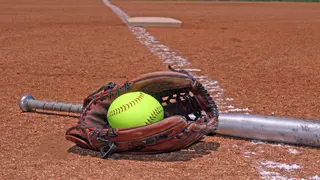
However, the inception of modern alpine skiing dates back to the 1850s, when the mode of transport was adapted into a recreational and competitive sport. It began in Norway, and skiers used bindings and stiff heel bands made of willow.
After two to three decades, the sport spread to the rest of Europe and the United States of America and currently is among the most popular winter sports in the Olympics. In 1922, the first slalom ski competition was held in Mürren, Switzerland.
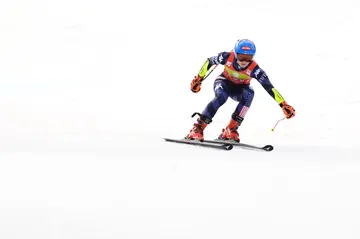
Downhill skiing involves sliding downhill, and thus, special equipment is needed by the skiers to enable them to move smoothly on the snow. The following are the required equipment;
Greatest swimmer of all time: A ranked list of the best swimmers ever
Other Sports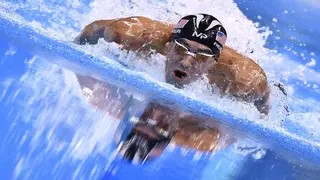
The players follow the fall line to reach the maximum possible speed on the slope, with the skis pointed perpendicular to the fall line across the hill for steady acceleration.
By altering the angle of motion in reference to the fall line and skiing across the hill rather than down it, one may regulate the pace of descent down any given elevation.
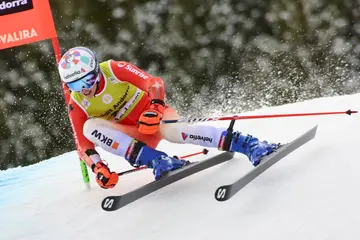
The skier makes smooth bends away from the direction of progress, producing sliding forces between the skis and snow, slowing the fall even further.
According to various online sources, it means the current best alpine skiing athlete in the competition.
In a study to determine the number of people injured in 9 years in the sport, it was concluded that the sport is relatively dangerous since 24,340 injuries were reported out of 9,201,486 participants. The knee was the most injured area at 35% of all injuries.
Which is the most watched Olympic sport in the world currently?
Olympics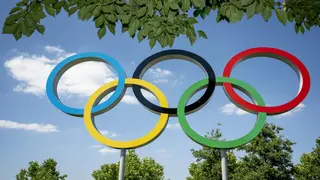
Slalom is regarded as a technical competition. It has the fastest turns and the shortest track, and each skier descends the slope twice. The winning time is based on the quickest sum of the individual timings.

It is a competition which consists of one downhill run followed by one slalom run later in the day. The timings are tallied up, and the person with the fastest overall time wins.
Those who were wondering what is alpine skiing and how it is played are now on the loop. Dating centuries ago, downhill skiing has come a long way, and currently, it has amassed a massive fan base. And despite being relatively dangerous, most people participated in it professionally and recreationally.
READ ALSO: Who is the best gymnast in the world? A ranked top 10 list
Sports Brief has compiled a list ranking the top 10 best gymnasts in the world. A sport is more challenging than it may seem since it requires a lot of precision, coordination, and flexibility.
Globally, the sport is dominated by women who have worked hard enough and proved that they deserve the recognition and spotlight. Click on the link above to find more details about the best gymnasts in the world.